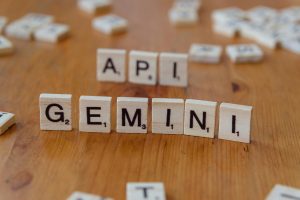Why can’t AI be trained continuously?
The Limitations of Continuous Learning in AI: Why Can’t Machines Evolve Like Us?
Artificial Intelligence (AI) has made remarkable strides in recent years, particularly with large language models (LLMs) that are capable of understanding and generating human-like text. However, one intriguing question persists: why can’t these models be trained continuously?
Currently, LLMs undergo a singular, extensive training cycle before they are deployed into the world. Once this training phase concludes, the model remains static—unable to learn or adapt until a new version is created and released. It’s a bit like teaching a child to perform simple arithmetic; if you focus solely on one equation, such as 2+2, there’s a risk that the child might forget other foundational math skills, like 1+1, especially if the learning process isn’t balanced.
One might wonder: with memory storage becoming increasingly affordable and abundant, why can’t these AI systems simply be programmed to memorize more? The answer, it seems, lies not in the availability of memory, but in the very architecture of neural networks themselves. These systems operate through interconnected nodes, where each connection holds a specific weight. When the system adjusts these weights—perhaps to prioritize one piece of information over another—it may inadvertently lose track of previously learned material.
This raises a crucial concern about the limitations inherent in AI technology. Many envision a future where robots can engage in meaningful conversations and adapt alongside us, seamlessly integrating personal preferences into their operations. For example, if you share your favorite smoothie recipe with an intelligent assistant, shouldn’t it be capable of remembering that information and applying it during its next culinary endeavor? However, the current reality is that these systems often revert to their original training parameters, making them less adaptable to changing scenarios like new warehouse layouts, factory conditions, or road environments.
The question then becomes: will we need to consistently update these AI systems, incurring additional costs and time? This unintelligent nature raises the debate over what true intelligence entails. If AI cannot evolve and adapt in real time, how smart can we genuinely claim it to be? As we continue to explore the capabilities and boundaries of artificial intelligence, these questions will shape our understanding and expectations of what AI can—and cannot—achieve.
In summary, while the potential of persistent learning in AI appears tantalizing, the current architectural limitations hinder this progress, leaving us to ponder the nature of intelligence in machines. As researchers strive to overcome these challenges, the future may yet hold a














Post Comment